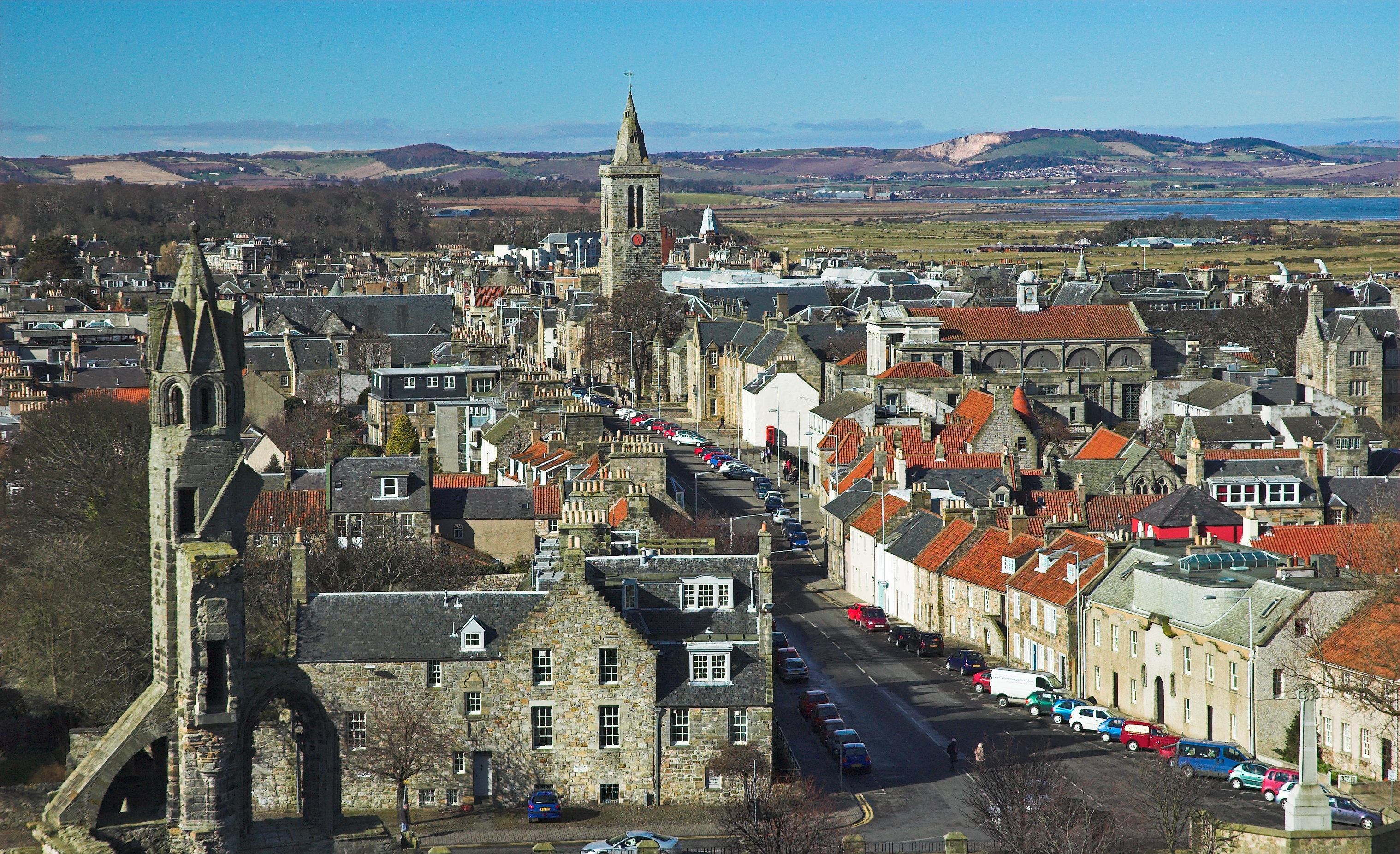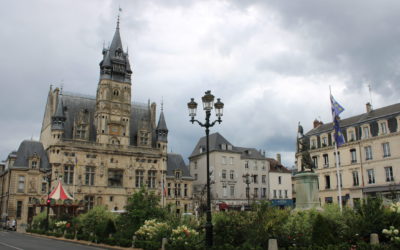
A 6.5 MW biomass boiler weighing in at 130 tonnes and 10 metres high has been delivered for a university campus district energy project in Scotland, developed by Vital Energi. The £25 million project at the University of St Andrews in Fife, currently under construction, includes a biomass combined heat and power (CHP) plant and a 14-mile district heating network connecting 37 buildings.

The boiler, from Swedish manufacturer Jernforsen, can produce over 8 MWth and is expected to achieve over 87% efficiency at full load conditions.
Derek Watson, the Acting Chief Executive and Quaestor of the University of St Andrews said that
“[w]ith the biomass at its heart, the former paper mill site is on the verge of a new lease of life which lends itself to the creation of a range of renewable energies and technologies which will keep the University among Europe’s leading research institutions. The Guardbridge project will breathe new life into local communities and re-establish the site as a key economic centre in Scotland, and has the capacity to generate hundreds of new jobs.”
Vital Energi supported the university in visualising the proposed changes through software, which also mapped heat losses and thus potential cost reductions. The client’s consultants had already specified the 10m high, 6.5MW Jernforsen biomass boiler, a team of designers and project managers travelled to Jernforsen’s factory in Sweden at the tender stage to meet with the design engineers and to tour live sites which had the same boilers.
Jernforsen’s Sales Manager Magnus Holmgren says ”the cooperation with Vital Energi ensured a well-installed biomass plant ready to deliver heat to the University of St Andrews for many years to come”. Jernforsen delivers the fuel handling system with hydraulic driven walking floors and a conveyor to supply the furnace with fuel. The furnace has been designed and developed with over 30 years of experience to back it up and to meet the strict fuel and emissions requirements. The system also includes a flue gas heat exchanger to heat up the district heating water and an electrostatic precipitator that separates the particulate matter in the flue before the stack.
Some of the benefits of developing an energy plant like the one at St Andrews are:
This text was inspired by the website of Vital Energi, Jernforsen and the magazine ’UK Power News’ from Autumn 2016.


